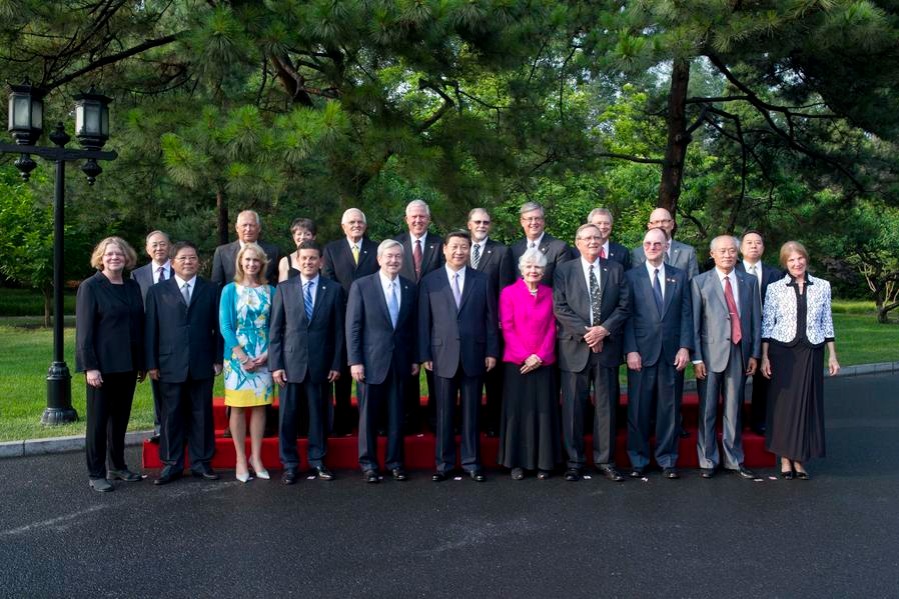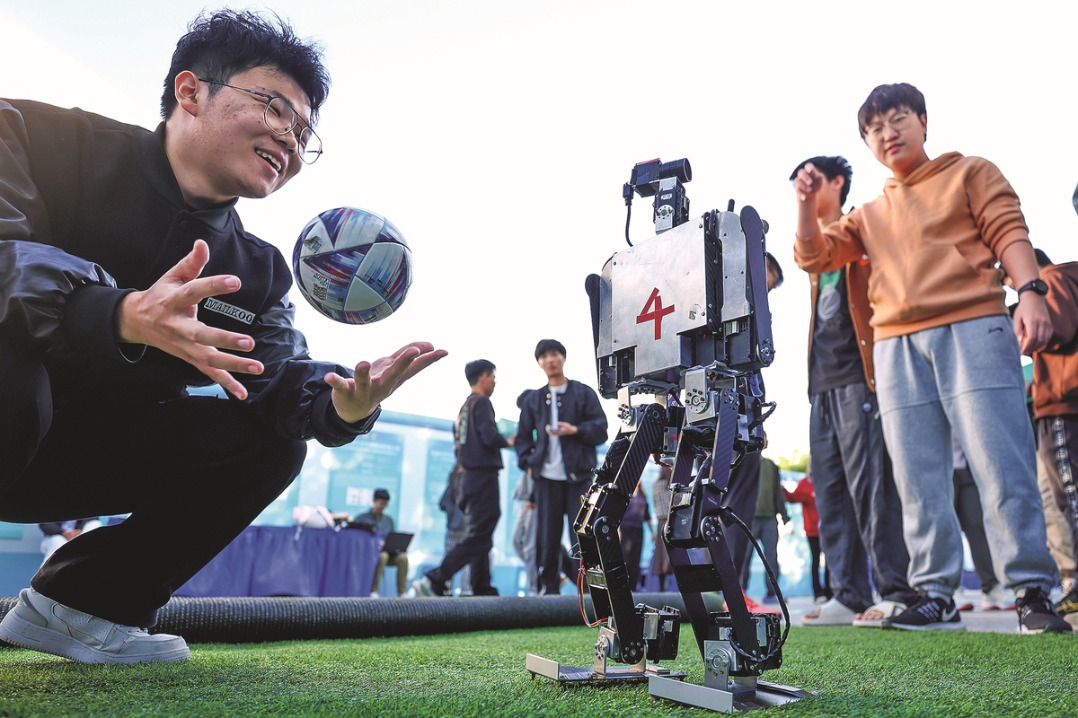Tourism growth can help boost economy of northeast region


China's northeastern region, comprising the provinces of Liaoning, Jilin and Heilongjiang, and part of the Inner Mongolia autonomous region, continues to play a significant role in the country's development. For one, the region has been a major production base of commodity grains and an integral part of China's industrial backbone for decades.
Yet many people fail to appreciate the region's socioeconomic importance and often associate it with economic backwardness with a declining industrial sector.
The tourism industry, which has substantial economic influence and cultural dissemination power, serves as a catalyst reshaping the region's image and highlighting its vitality. With abundant natural and cultural resources, different ethnic traditions, customs and festivals, and rich cultural heritages, the northeastern region has the potential for the development of the tourism industry. And to unleash this potential, the region needs to create distinctive tourism brands to attract both domestic and foreign visitors, boost the region's soft power and inject new vibrancy into the tourism sector by using the region's unique tourism resources to advantage.
While the region's breathtaking sceneries and the uniqueness of the Harbin International Ice and Snow Festival are big tourist draws in winter, the region's cool and pleasant weather in summer makes it an ideal tourist destination when high temperatures make life in central and southern China difficult. And the fact that the region has majestic mountain ranges, biodiversity-rich forests and abundant hydrological resources and wetlands makes it a haven for eco-friendly tourists.
The region is also home to many ancient cultural sites and intangible cultural heritages, which provide a solid foundation for developing cultural tourism. Despite all these advantages, however, tourism development in the region faces some challenges.
Most of the tourist products in the region are inspired by either ice and snow or local folklore or both, but lack in-depth development. For example, summer tourist products are relatively scarce, so are innovative, diversified products except for a few summer resorts. Although ice and snow tourism is popular, it lasts only a few months. Hence, a large number of facilities lie idle for at least six months, resulting in a waste of resources.
Besides, the tourism sectors in different parts of the region don't work together to promote tourism. While Heilongjiang focuses on ice-and-snow-based leisure tourism, Jilin attaches great importance to rime-ice-covered forests and Changbai Mountains, and Liaoning showcases its history and culture to draw tourists.
But the absence of an integrated "northeastern tourism" brand prevents the linking of scattered attractions, dilutes the impacts of marketing and brand recognition, and lowers the quality of lodging, dining and transportation in some scenic areas. Also, visitors in some remote destinations often face the problem of last-mile connectivity.
The authorities should therefore address the above problems to build a new image of the northeastern region, and make efforts to improve the tourism industry and develop products that have a year-round market. For example, local tourism departments should consider promoting photography-themed and self-driving tours in spring, and organizing bird watching and health and medicinal tours in summer by taking advantage of forests, wetlands and hot springs. They could also invite visitors to join fruit-picking tours in the fall, and ice and snow leisure tours in winter.
As for old industrial zones, the authorities should turn them into cultural parks, allowing tourists to visit museums and do-it-yourself workshops, and experience homestays, paper-cutting, cooking local dishes and other activities.
The authorities should also create new tourism formats to break the seasonal cycle. For instance, they should take measures to help tourists explore a virtual snow world using virtual reality technology, and experience simulated activities such as skiing and ice hockey. And with the help of informatization, intelligence and digital development, they can promote and upgrade the new-style ice and snow tourism sector.
In addition, local governments in the region should consider creating diversified marketing channels, by inviting internet celebrities to promote local tourism through live-streaming, high-quality documentaries and short videos, and organizing international tourism exhibitions and cultural weeks to attract overseas tourists.
The authorities should also upgrade tourism services by establishing quality standards, conducting regular assessments and publishing the results, organize skill training sessions for tour guides and travel agents, and increase investments to improve transport services and the roads to and from remote scenic spots.
Apart from improving basic and customized services such as booking tickets for guided tours online, the authorities should also increase the number of restrooms, parking lots and other facilities, ensuring the reception capacity of key tourist sites can match the flow of travelers.
Moreover, by adopting 5G technology and the internet of things, tourist sites can improve their emergency management mechanisms, while the regulatory authorities can establish a service evaluation system to deal with online complaints, and better supervise the tourism industry.
The author is director of the Regional Economic Research Office at the Heilongjiang Provincial Academy of Social Sciences. The views don't necessarily reflect those of China Daily.
If you have a specific expertise, or would like to share your thought about our stories, then send us your writings at opinion@chinadaily.com.cn, and comment@chinadaily.com.cn.



































